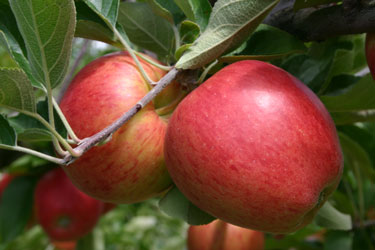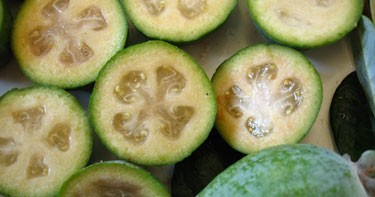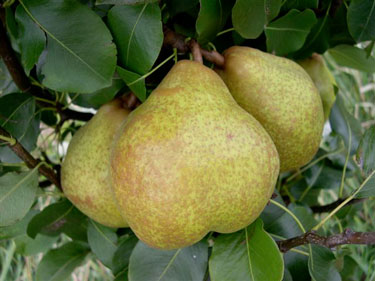Plant a money tree
While inflation drives food prices ever higher, mother nature and a bit of planning can provide food for free for many decades into the future. Apart from being healthy and satisfying, home grown fruit is cheaper in the long-run than supermarket-bought fruit.
Once in production, an apple tree can produce up to 40kg of apples per year. Your tree, if well maintained, will continue to do so over a productive life of more than 20 years. At a conservative $2 per kg, that’s $1600 worth of apples, before we take inflation into account.
A good quality apple tree might cost $60. Allowing for fertiliser and plant health products if needed, it is still a very handsome return on investment. Meanwhile, fruit trees add value to your property as they grow. Prospective buyers will have the advantage of being able to pick a crop from the day they move in.
Planting varieties with consecutive ripening can yield fruit for 6-8 months of the year, generally from November to May. A harvest planner can be helpful to see how your edible garden is likely to deliver food month-by-month. Preserving or freezing suitable fruit helps stretch the bounty over the leaner months to save even more on the grocery bill.
Make the most of the space you have available by choosing high value crops that are more expensive to buy. And grow family favourites. Include berries that are rich in valuable nutrients, such as blueberries and raspberries.
Your edible landscape might go as far as including a food producing hedge or boundary fence. Apples, pears, stone fruit, figs, grapes (most fruit plants actually) can be espaliered along wires to fit a two dimensional space. Feijoas, blueberries and citrus make great substitutes for the likes of Griselinia and other purely ornamental hedge options.
These days, a trip to the supermarket and a spend of around $300 barely fills a small trolley. A similar, well-planned spend on a selection of fruiting trees and shrubs could yield many thousands of dollars worth of nutritious and healthy fruit over the lifetime of these plants.
A non-stop supply of fruit for more than six months is easily achieved if you plant a range of trees with different harvest times. As an example, here are a few of our favourites:
November: ‘Harwood Late’ orange is a New Zealand selection of the famous Valencia orange producing high yields of juicy, thinned-skinned fruit with excellent flavour.
December: ‘Billington’ plum is the first plum of summer with dark red skin and flesh. Cropping heavily around Christmas, this sweet all rounder is great eaten fresh and fantastic for preserves. It is prolific and self fertile.
January: ‘Flavourzee’ dwarf nectarine produces delicious yellow-fleshed fruit on a compact bushy tree that’s self-fertile. If another peach or nectarine variety is planted nearby it will produce even bigger yields.
February: ‘Initial’ apple is a bright red Gala-type eating apple with super sweet aromatic flesh. It is very productive, disease resistant and easy to grow.
March: ‘Kaiteri’ feijoa is a very early ripening feijoa, ideal for both cool and warm climates with huge fruit.
April: ‘Garden Belle’ dwarf pear is the first truly dwarf pear variety in NZ, growing to just 3m tall. Deliciously sweet smooth textured flesh is encased in green, mildly russetted skin.
May: Thumbelina® ‘Candy Crunch™’ mini apple yields loads of bite-sized apples that kids love. Sweet, crisp bright red fruit ripens after the leaves have fallen in autumn, usually in May in most regions.
To start planning your back yard food forest go to www.waimeanurseries.co.nz

15-Jun-2024

Orange

Plum

Apple

Feijoas

Pear

